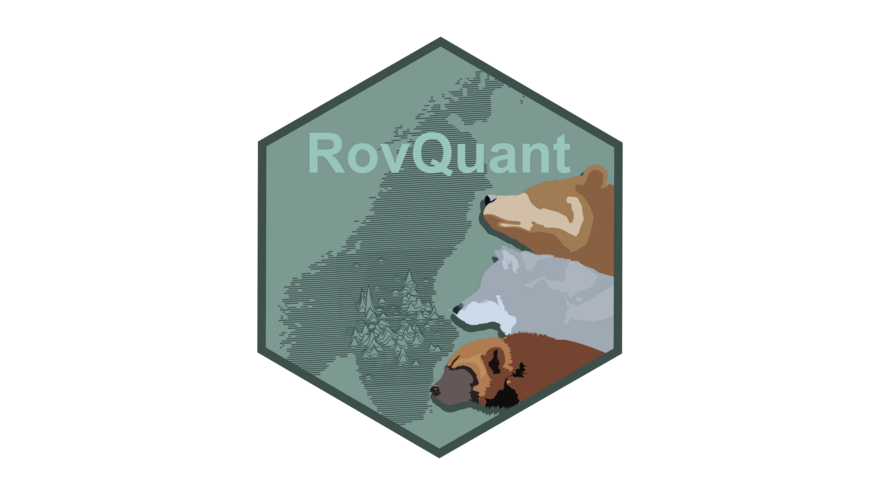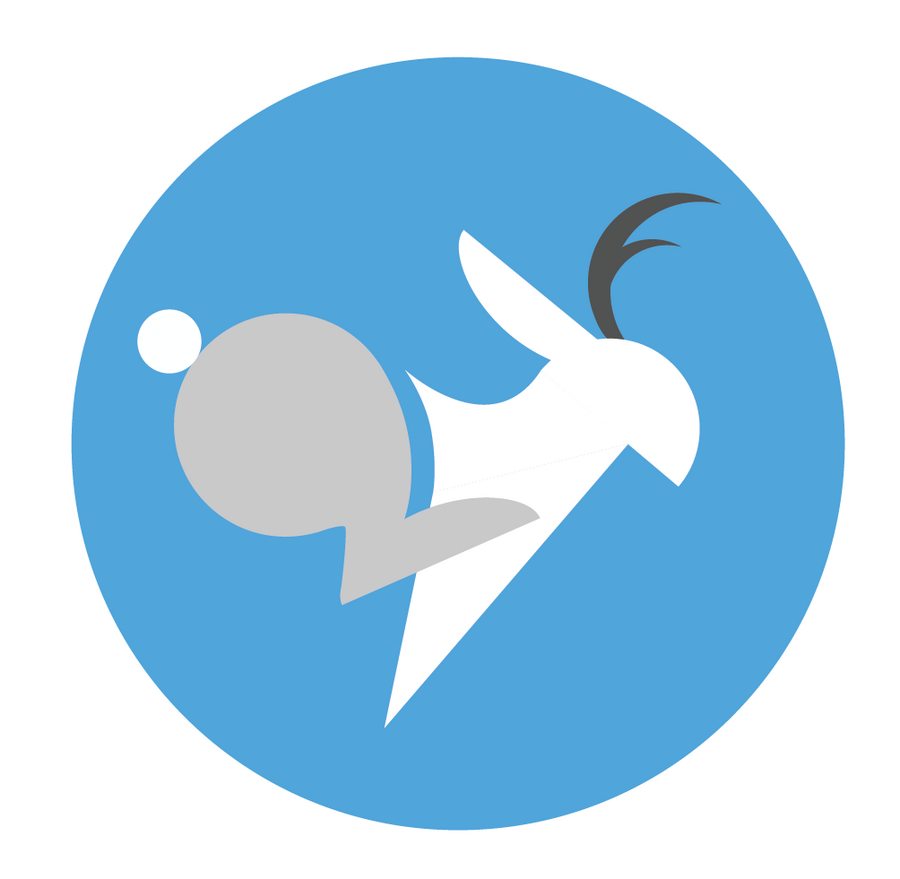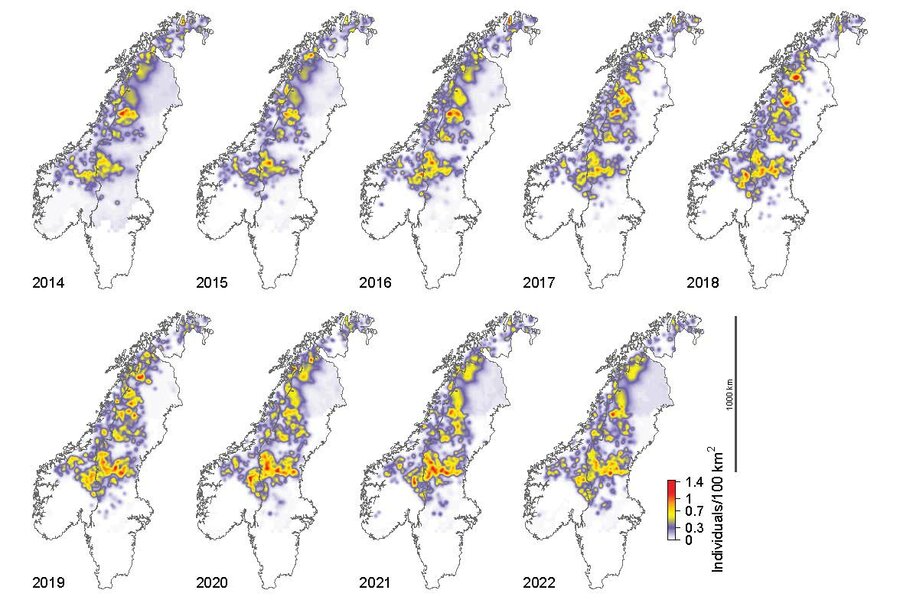The Project
Description
Large carnivores are rare, elusive, and controversial. Their populations are difficult to monitor and manage. For over 10 years, Swedish and Norwegian authorities have been accumulating monitoring data in Rovbase, an international large carnivore database. Today, the database contains records from thousands of genetic captures, observations, and dead recoveries of bears, wolves, and wolverines, collected by managers, researchers, hunters, and other members of the public in Scandinavia. This international research project uses these data to estimate population sizes, survival, and reproduction of carnivores in Sweden and Norway.
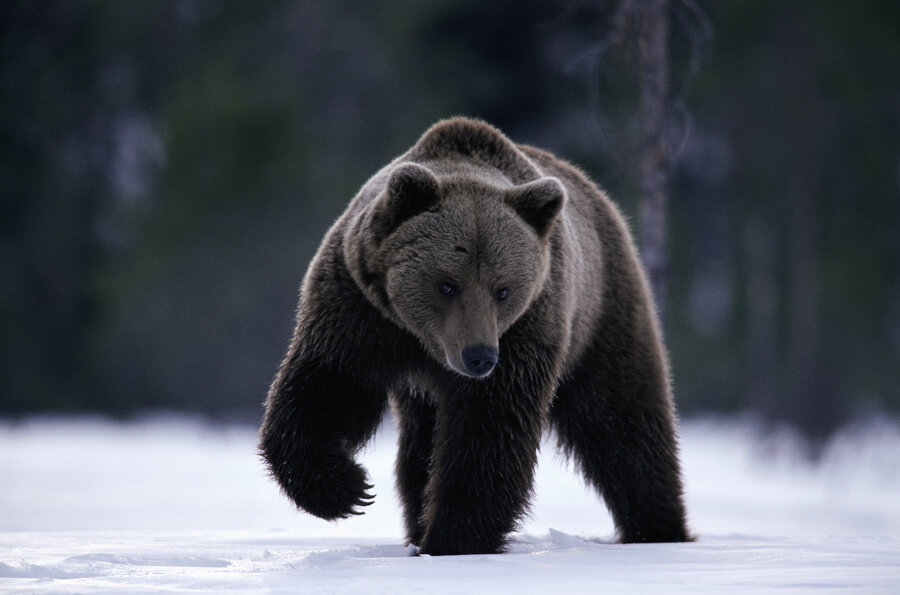
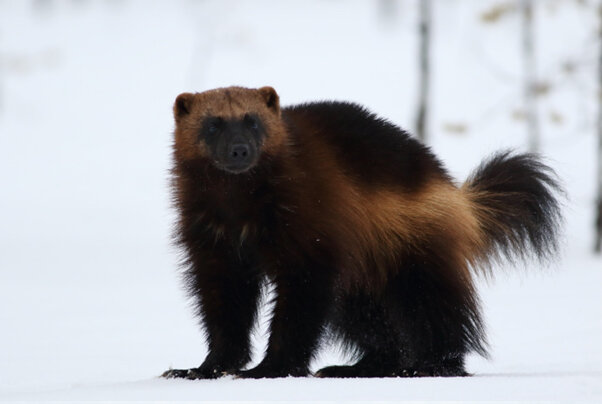
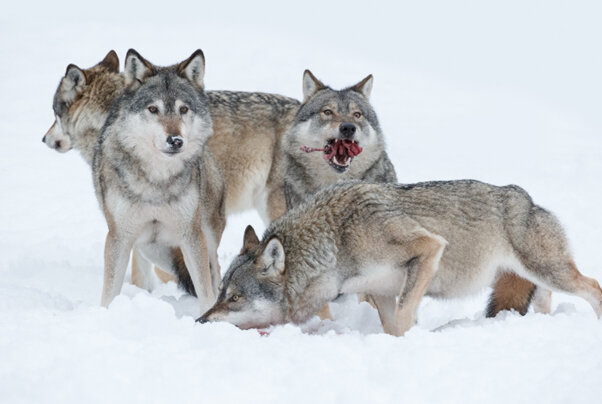
Objectives
1. Develop monitoring protocols
We study monitoring designs and help authorities develop protocols for the cost-efficient collection of non-invasive sampling data. Properly designed and executed monitoring leads to reliable data, and reliable data are a pre-requisite for producing trustworthy estimates and conclusions. This is particularly important when scientific results inform policy decisions and wildlife management. RovQuant uses existing data in combination with simulations to develop protocols that allow managers to collect reliable data, while at the same time making monitoring more cost-efficient. This work is done in collaboration with those leading the data collection effort in Scandinavia, including Rovdata, Wildlife Damage Centre (VSC), The Swedish Museum of Natural History (NRM), and other organizations.
2. Monitor carnivores at large spatial scales
We develop and test statistical methods for the analysis of carnivore monitoring data at very large spatial scales. Spatial capture-recapture (SCR) models use the spatial information of detections, for example, DNA samples left behind by wildlife, to estimate the location of activity centers of individuals. SCR models produce density estimates and density surfaces, accounting for the fact that not all individuals are detected. Furthermore, abundance estimates produced by SCR models take into account that animals move across the landscape and may be detected in multiple locations – for example, a bear living near the Swedish-Norwegian border may contribute partially to population size estimates in both countries.
3. Map carnivore densities
RovQuant generates carnivore density surfaces - maps of the density of wolverines, wolves, and bears - across Norway and Sweden. These maps and the underlying data are freely available.
4. Estimate carnivore population sizes
“How many are there?” This is one of the main questions asked by wildlife managers and policy makers. RovQuant provides population size estimates for wolves, bears, and wolverines throughout Norway and Sweden. We estimate carnivore population sizes at regional and national levels, as well as for subnational jurisdictions such as carnivore management units and counties
5. Estimate population vital rates
Population vital rates drive the change in wildlife population over time. These dynamics are the result of a combination of mortality, recruitment, immigration, and emigration. Monitoring conducted over multiple years allows RovQuant to estimate vital rates of large carnivores in Scandinavia. These estimates, in turn, are a prerequisite for population forecasting.
6. Collaborate with managers
The project results are published annually in technical reports. In addition, we attend meetings and workshops to ensure that RovQuant remains up-to-date on current and emerging challenges in large carnivore monitoring and management.
Team Members
NMBU Team Members
Former NMBU Team Members
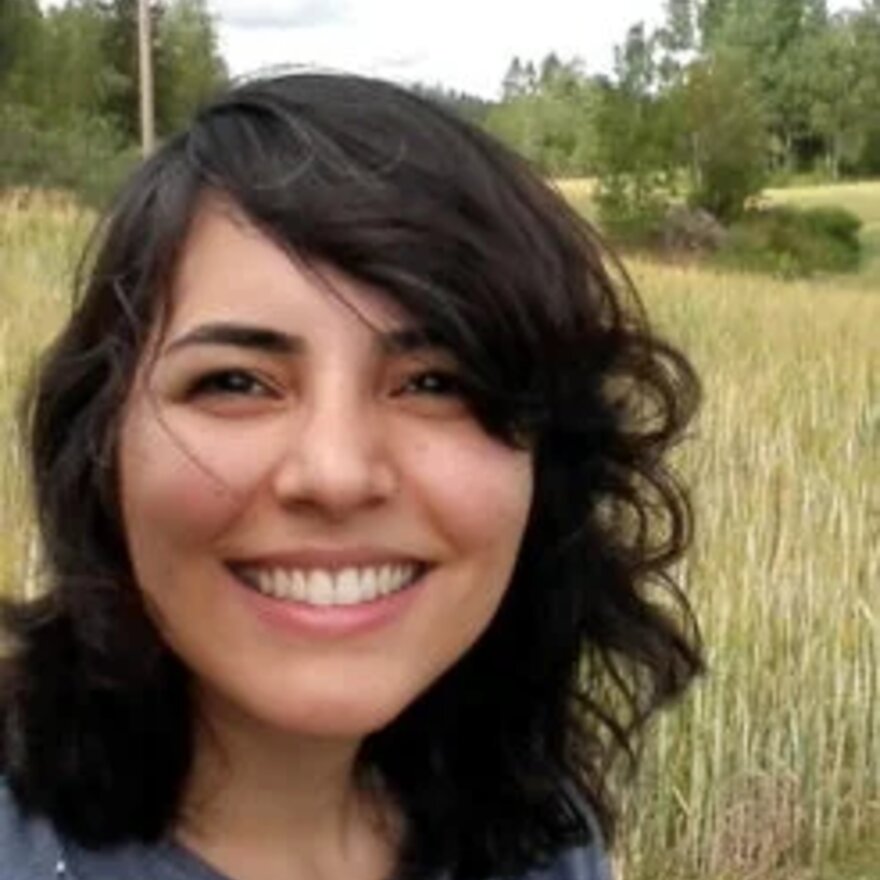
Mahdieh Tourani
University of Montana
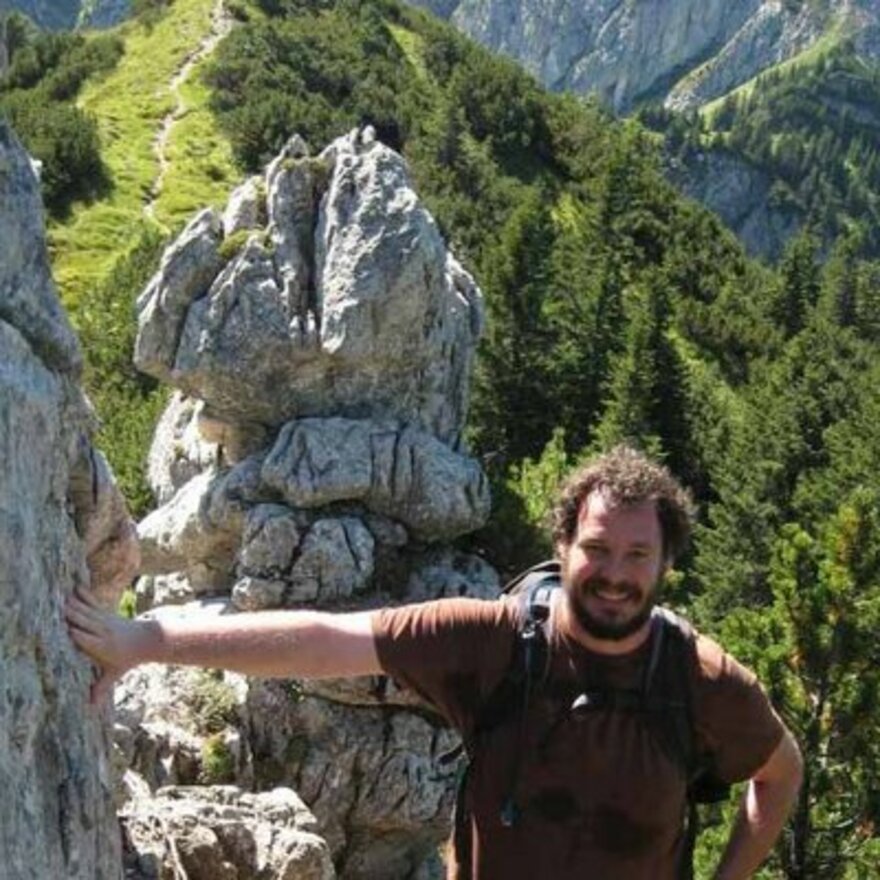
Joseph Chipperfield
Norsk institutt for naturforskning

Ehsan Mohammadi Moqanaki
University of Montana
External Team Members

Jonas Kindberg
Norsk institutt for naturforskning

Henrik Brøseth
Norsk institutt for naturforskning

Perry de Valpine
UC Berkeley

Daniel Turek
Williams College
Collaborators
Publications
Reports
- Semper-Pascual, A., Milleret, C., Dupont, P., Hedmark, E., Spong, G., Königsson, H., and Bischof, R. (2025). Preliminary estimates of wolverine density and abundance in Sweden, 2024/2025. MINA fagrapport 106. 17 pp.
- Dupont, P., Milleret, C., Semper-Pascual, A., Brøseth, H., Kopatz, A., Kindberg, J. and Bischof, R. (2025). Estimates of brown bear density, abundance, and population dynamics in Norway 2015- 2024. MINA fagrapport 105. 35pp.
- Semper-Pascual, A., Dupont, P., Milleret, C., and Bischof, R. (2025). Spatial variation in detectability of bears, wolverines and wolves during large-scale non-invasive genetic sampling in Norway and Sweden. MINA fagrapport 104. 27 pp.
- Milleret, C., Dupont, P., Semper-Pascual, A., Brøseth, H., Flagstad, Ø., Kindberg, J., Svensson, L., and Bischof, R. (2025). Estimates of wolf density, abundance, and population dynamics in Sweden and Norway, 2015–2025. MINA fagrapport 103. 36 pp.
- Milleret, C., Dupont, P., Brøseth, H., Flagstad, Ø, Kleven, O., Königsson, H., Spong, G., Kindberg, J., and Bischof, R. (2024). Estimates of wolverine density, abundance, and population dynamics in Scandinavia, 2015–2024. MINA fagrapport 101. 34 pp.
- Milleret, C., Dupont, P., Winiger, A., Spong, G., Königsson, H., and Bischof, R. (2024). Estimates of wolverine density and abundance in Norrbotten county in Sweden and associated reindeer herding areas, 2023/2024. MINA fagrapport 100. 20 pp.
- Dupont, P., Milleret, C., Brøseth, H., Kindberg, J. and Bischof, R. (2024). Estimates of brown bear density, abundance, and population dynamics in Norway 2014 - 2023. MINA fagrapport 98. 34pp.
- Milleret, C., Dupont, P., Brøseth, H., Flagstad, Ø., Kindberg, J., Svensson, L., and Bischof, R. (2024). Estimates of wolf density, abundance, and population dynamics in Scandinavia, 2014–2024. MINA fagrapport 97. 34 pp.
- Milleret, C., Dupont, P., Åsbrink, J., and Bischof, R. (2024). Simultaneous range-wide genetic sampling of brown bears in Sweden: a pilot study. MINA fagrapport 96. 23 pp.
- Dupont, P., Milleret, C., Brøseth, H., Kindberg, J., and Bischof, R. (2024). Challenges in estimating range-wide brown bear density and abundance in Sweden (2012-2021). MINA fagrapport 95. 47pp.
- Milleret, C., Dupont, P., Brøseth, H., Flagstad, Ø., Kleven, O., Kindberg, J., & Bischof, R. (2023). Estimates of wolverine density, abundance, and population dynamics in Scandinavia, 2014–2023. MINA fagrapport, 89, 33 pp.
- Milleret, C., Dupont, P., Brøseth, H., Flagstad, Ø., Kindberg, J., Svensson, L., & Bischof, R. (2023). Estimates of wolf density, abundance, and population dynamics in Scandinavia, 2013–2023. MINA fagrapport, 85, 34 pp.
- Dupont, P., Milleret, C., Brøseth, H., Kindberg, J., & Bischof, R. (2023). Estimates of brown bear density, abundance, and population dynamics in Norway 2012 - 2022. MINA fagrapport, 86, 33pp.
- Dupont, P., Milleret, C., Brøseth, H., Kindberg, J., & Bischof, R. (2022). Estimates of brown bear density, abundance, and population dynamics in Norway 2012-2021. MINA fagrapport, 82, 32pp.
- Milleret, C., Dupont, P., Åkesson, M., Svensson, L., Brøseth, H., Kindberg, J., & Bischof, R. (2022). Estimates of wolf density, abundance, and population dynamics in Scandinavia, 2013–2022. MINA fagrapport, 77, 35pp.
- Milleret, C., Dupont, P., Moqanaki, E., Brøseth, H., Flagstad, O., Kleven, O., … & Bischof, R. (2022). Estimates of wolverine density, abundance, and population dynamics in Scandinavia, 2014–2022. MINA fagrapport, 79, 35pp.
- Milleret, C., Dupont, P., Brøseth, H., Flagstad, O., Kindberg, J., & Bischof, R. (2022). Estimates of wolverine density, abundance, and population dynamics in Scandinavia, 2013–2021. MINA fagrapport, 74, 30pp.
- Milleret, C., Dupont, P., Åkesson, M., Brøseth, H., Kindberg, J., & Bischof, R. (2021). Estimates of wolf density, abundance, and population dynamics in Scandinavia, 2012-2021. MINA fagrapport, 72, 30pp.
- Milleret, C., Dupont, P., Åkesson, M., Svensson, L., Brøseth, H., & Bischof, R. (2020). Consequences of reduced sampling intensity for estimating population size of wolves in Scandinavia with spatial capture-recapture models. MINA fagrapport, 65, 29 pp.
- Bischof, R., Milleret, C., Dupont, P., Chipperfield, J., Brøseth, H., & Kindberg, J. (2019). RovQuant: Estimating density, abundance and population dynamics of bears, wolverines and wolves in Scandinavia. MINA fagrapport, 63, 79 pp.
- Bischof, R., Milleret, C., Dupont, P., Chipperfield, J., Åkesson, M., Brøseth, H., & Kindberg, J. (2019). Estimating the size of the Scandinavian wolf population with spatial capture-recapture and conversion factors. MINA fagrapport, 57, 80 pp.
Maps and Data
Scientific Publications
- Milleret, C., Dupont, P., Dey, S., Brøseth, H., Kindberg, J., Turek, D., ... & de Valpine, P. (2025). Map of death: spatially explicit mortality of the grey wolf. Proceedings of the Royal Society B: Biological Sciences 292, no. 2053.
- Moqanaki, E., Milleret, C., Dupont, P., Mattisson, J., Dey, S., Brøseth, H., ... & Aronsson, M. (2025). Environmental variability across space and time drives the recolonization pattern of a historically persecuted large carnivore. Proceedings of the National Academy of Sciences 122, no. 5, e2401679122.
- Milleret, C., Dupont, P., Chapron, G., Swenson, J. E., & Bischof, R. (2024). Sweden is shooting brown bears in the dark. Science 385, no. 6713: 1052-1052.
- Dey, S., Moqanaki, E., Milleret, C., Dupont, P., Tourani, M., & Bischof. R. (2023). Modelling spatially autocorrelated detection probabilities in spatial capture-recapture using random effects. Ecological Modelling 479 (2023): 110324.
- Moqanaki, E., Milleret, C., Dupont, P., Brøseth, H. & Bischof, R. (2023). Wolverine density distribution reflects past persecution and current management in Scandinavia. Ecography, e06689.
- Dupont, P., Milleret, C., Tourani, M., Brøseth, H., & Bischof, R. (2021). Integrating dead recoveries in open‐population spatial capture–recapture models. Ecosphere, 12(7), e03571.
- Turek, D., Milleret, C., Ergon, T., Brøseth, H., Dupont, P., Bischof, R., & De Valpine, P. (2021). Efficient estimation of large‐scale spatial capture–recapture models. Ecosphere, 12(2), e03385.
- Bischof, R., Milleret, C., Dupont, P., Chipperfield, J., Tourani, M., Ordiz, A., … & Kindberg, J. (2020). Estimating and forecasting spatial population dynamics of apex predators using transnational genetic monitoring. Proceedings of the National Academy of Sciences, 117(48), 30531-30538.
- Milleret, C., Dupont, P., Chipperfield, J., Turek, D., Brøseth, H., Gimenez, O., … & Bischof, R. (2020). Estimating abundance with interruptions in data collection using open population spatial capture–recapture models. Ecosphere, 11(7), e03172.
Project in the News
